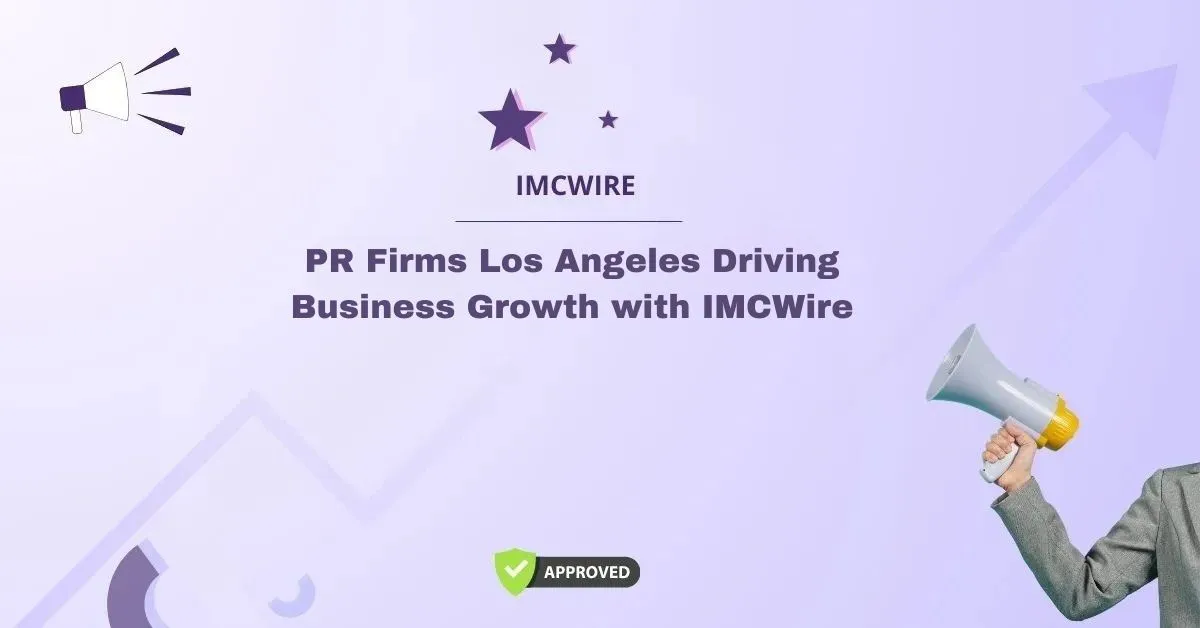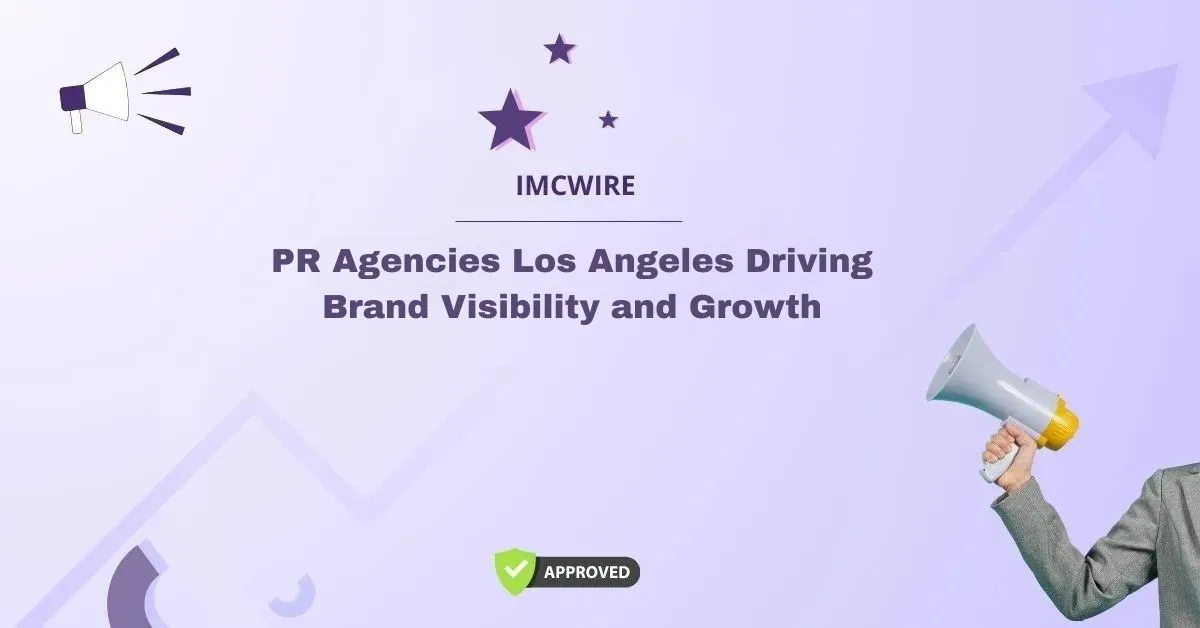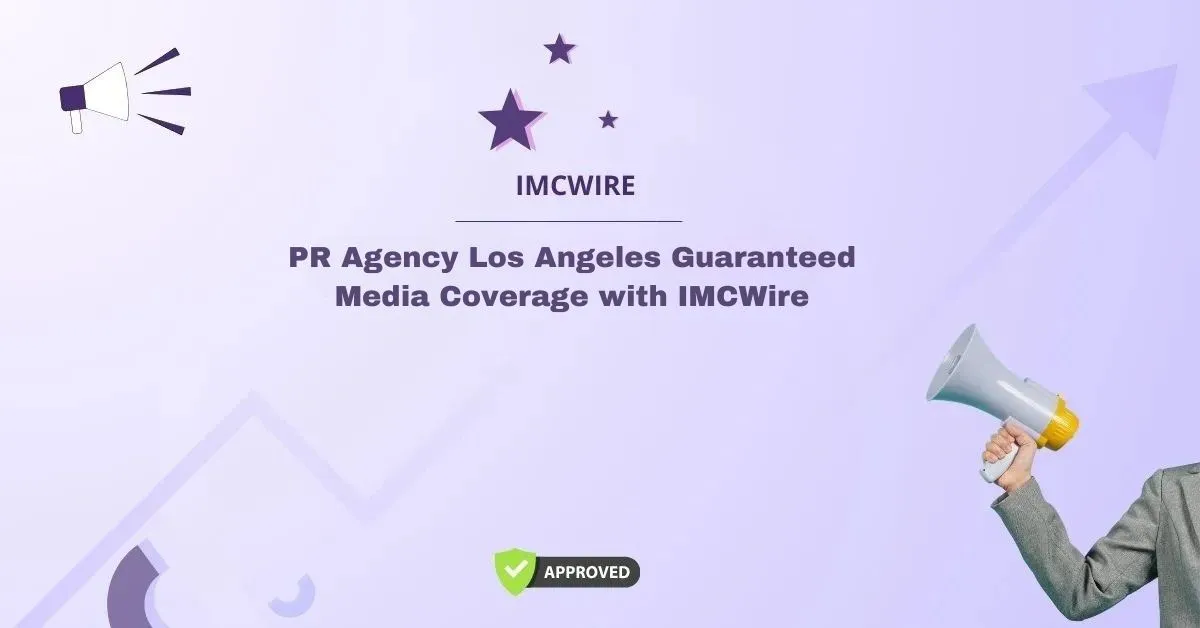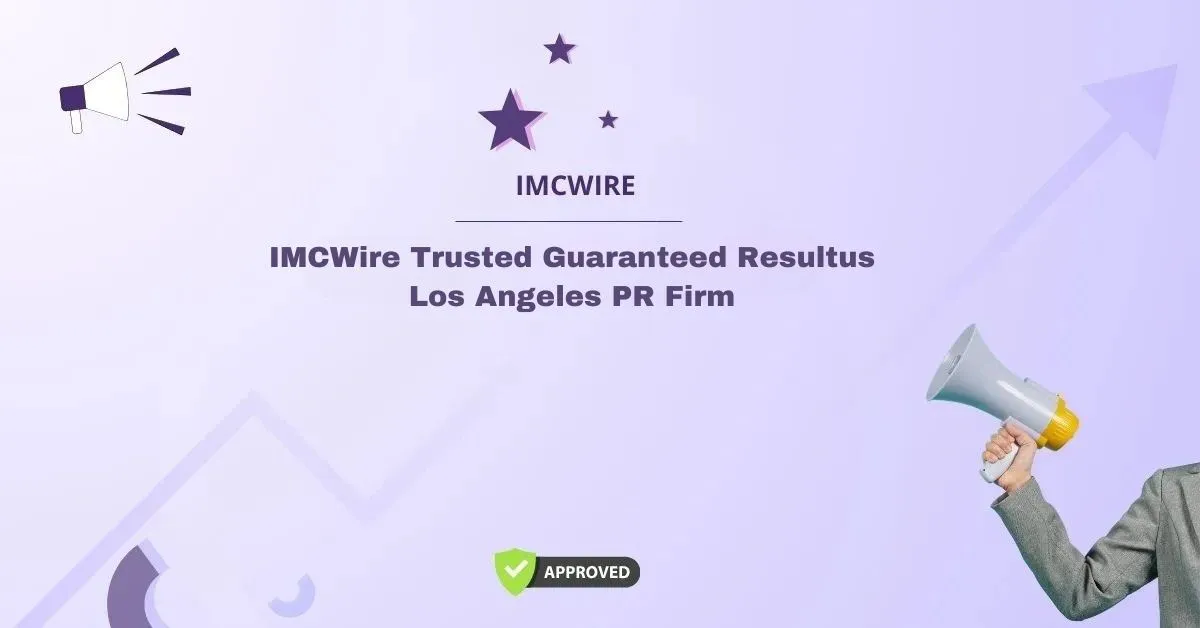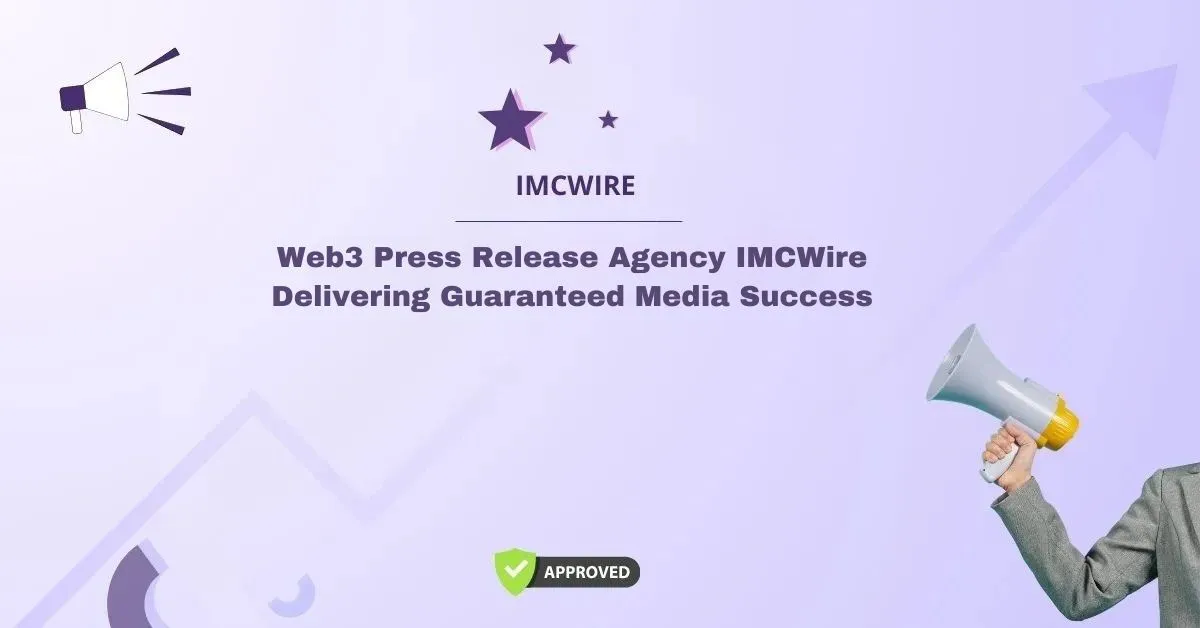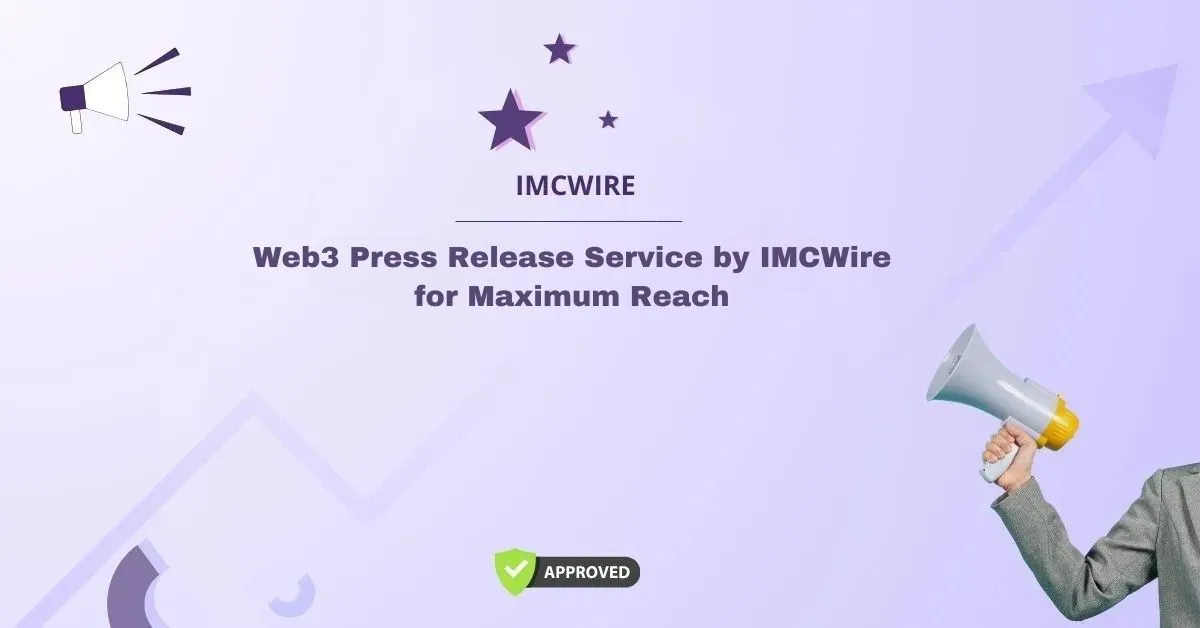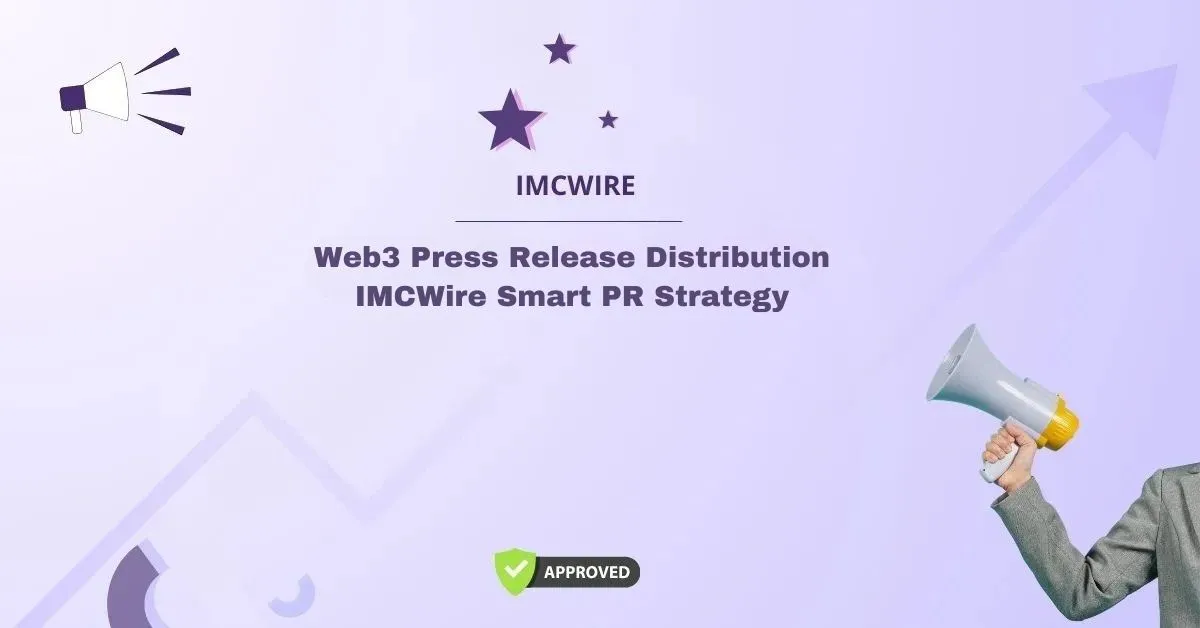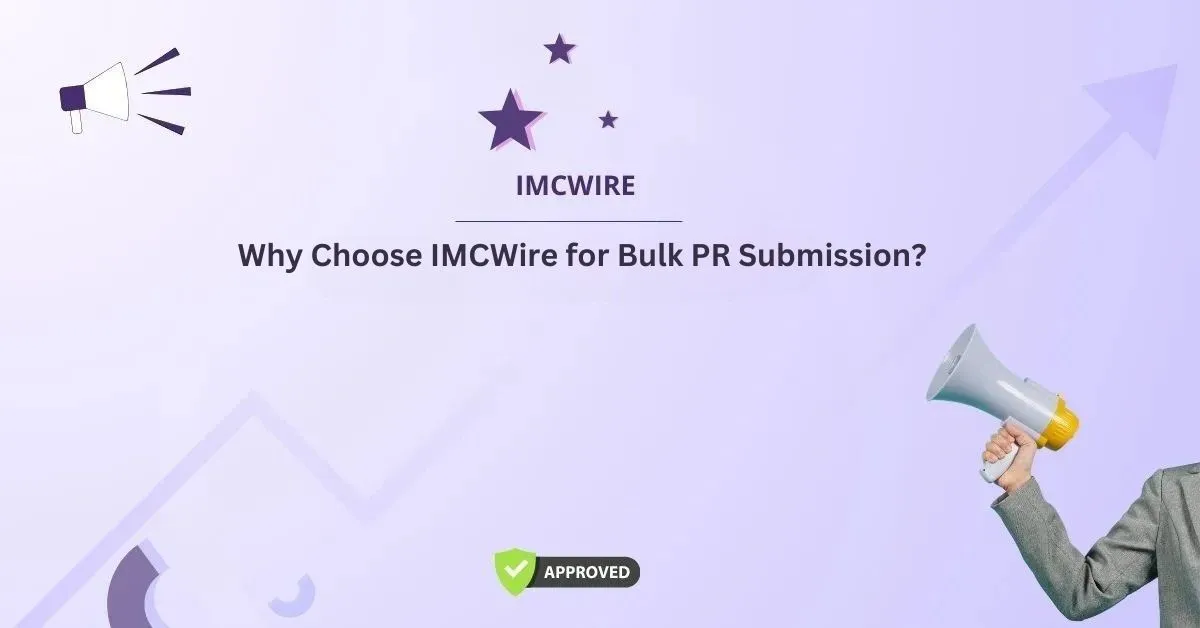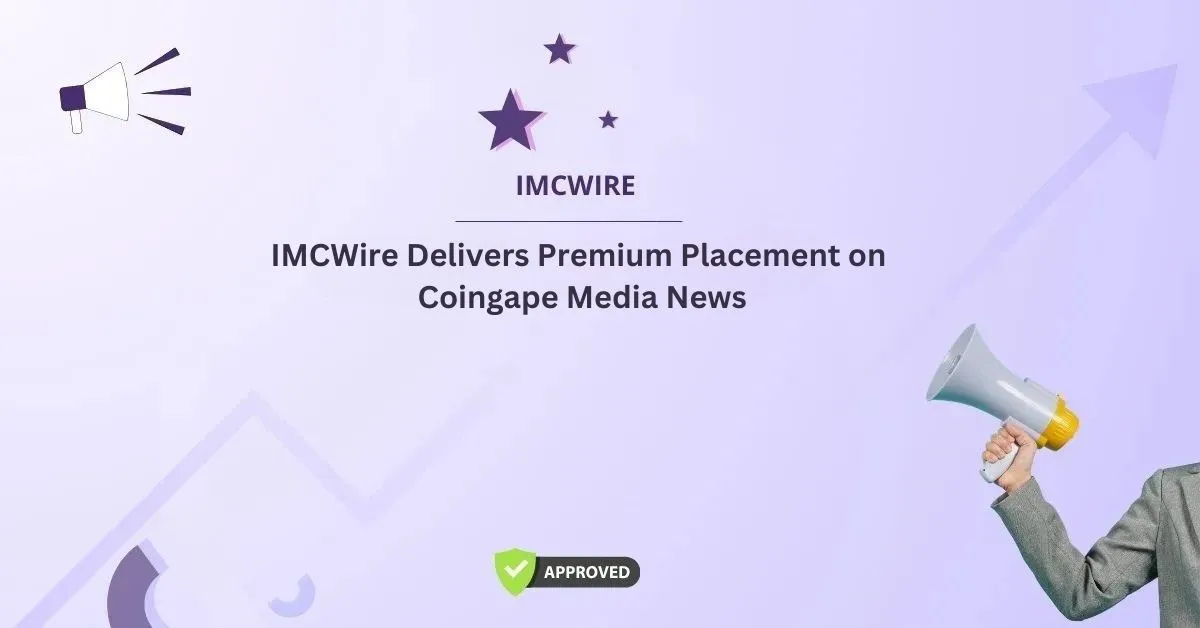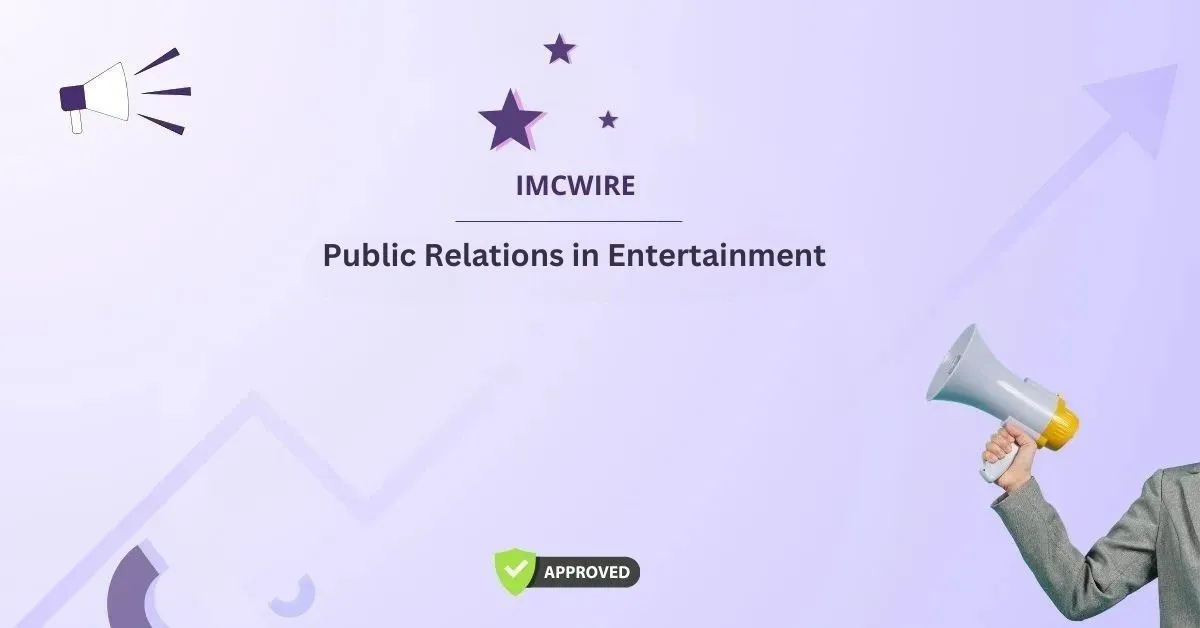In today’s fast-paced media environment, where information moves at the speed of light, crafting a press release that stands out is more challenging—and more essential—than ever before. One of the most frequently asked questions by professionals, marketers, and business owners is: how many words should a press release be?
While it might sound like a simple question, the ideal word count for a press release can greatly influence its readability, engagement level, and chances of media pickup. In this comprehensive guide, we explore everything you need to know about press release length, structure, and best practices to ensure your communication hits the mark every time.
Table of Contents
Why Word Count Matters in a Press Release
Press releases are more than just announcements—they are strategic communication tools designed to inform, engage, and persuade. Whether you’re launching a product, announcing a partnership, or sharing corporate news, the structure and length of your press release can determine how effectively your message is received.
Too short, and it may lack substance. Too long, and readers—especially busy journalists—may lose interest. This is why understanding how many words should a press release be is essential to striking the perfect balance.
The Ideal Word Count: Quick Answer
Most professional press releases range between 300 to 600 words. This range is widely accepted across industries as it provides enough space to convey essential information while keeping the content concise and reader-friendly.
However, depending on the nature of the announcement and the intended audience, this can vary slightly. Let’s dive deeper into the rationale behind this optimal length.
Word Count by Press Release Type
Understanding how many words should a press release be also depends on the type of release you’re writing. Here’s a breakdown:
1. Product Launch Press Release (400–600 words)
These typically include key features, benefits, quotes from executives, and possibly pricing or availability. A word count closer to 500–600 ensures there is enough room to explain the product’s value proposition without overwhelming the reader.
2. Event Announcement (300–500 words)
Event announcements should be straightforward and informative. A leaner format of around 400 words is usually sufficient to cover the what, when, where, and why.
3. Executive Appointment (300–400 words)
This type of press release highlights a new hire or promotion. Since the content is relatively focused, 300–400 words usually suffice.
4. Financial or Earnings Report (500–700 words)
These are often more technical and require additional context, including charts, quotes, and key figures. A longer format (closer to 700 words) may be necessary here.
5. Crisis Management Statement (300–450 words)
Crisis communications must be clear and direct. A concise press release, ideally under 450 words, is best to maintain control of the narrative and deliver clarity.
Factors That Influence Press Release Length
While knowing the average range is helpful, it’s important to consider specific factors that can influence how long your press release should be:
1. Target Audience
Are you addressing journalists, stakeholders, or the general public? Each group requires different levels of detail. Journalists prefer concise releases with key facts upfront.
2. Distribution Platform
If you’re using a wire distribution service like IMCWire, note that many platforms charge based on word count. Exceeding certain limits may result in higher fees, so staying within 400–500 words is often more cost-effective.
3. SEO Strategy
When posting on your own website or blog, incorporating SEO keywords naturally can slightly increase the word count. However, even then, clarity and conciseness should remain the priority.
4. Complexity of Information
Some topics require more background or explanation. In such cases, going beyond 600 words is acceptable—just ensure the additional content adds value.
Anatomy of a Well-Written Press Release
Now that we’ve addressed how many words should a press release be, let’s look at how those words should be structured for maximum effectiveness:
1. Headline (5–12 words)
Your headline should be compelling and informative. It sets the tone and draws attention.
2. Subheadline (Optional, 10–20 words)
A supporting subheadline can offer more context and help drive home the main message.
3. Lead Paragraph (50–75 words)
This paragraph should answer the “5 Ws”: Who, What, When, Where, and Why.
4. Body (200–400 words)
Here you provide supporting details—background information, data, quotes, or statements from company spokespeople.
5. Boilerplate (50–100 words)
A standard company description that appears at the end of every press release.
6. Contact Information (10–30 words)
Include relevant contact details for press inquiries.
Tips to Stay Within the Ideal Word Count
If you find yourself writing too much or too little, here are some tips to adjust:
- Use bullet points: They help condense information and make the release more skimmable.
- Avoid jargon: Replace technical language with clear, simple terms.
- Edit ruthlessly: Every word should serve a purpose. Cut filler phrases and repetition.
- Focus on news value: Stick to what’s relevant to your audience and eliminate tangents.
Real-World Examples of Press Release Word Counts
To illustrate how word count plays out in the real world, let’s examine some notable examples:
Example 1: Apple Product Announcement (Approx. 520 words)
Apple’s press releases tend to be succinct yet informative, often falling in the 500-word range. They rely on clarity, bullet points, and well-placed quotes to maintain reader engagement.
Example 2: Google Corporate Update (Approx. 620 words)
When Google shares significant company updates, such as leadership changes or new policies, they sometimes go slightly longer—around 600+ words—but still maintain a clear structure.
Example 3: Non-Profit Event Promotion (Approx. 350 words)
Organizations like the Red Cross or local charities keep event announcements brief and impactful, often under 400 words.
These examples confirm that a press release doesn’t need to be long to be effective—it just needs to be well-structured and focused.
What Happens If Your Press Release Is Too Long?
Exceeding the ideal length of a press release can have several drawbacks:
- Journalists may lose interest before reaching the key message.
- Editors may trim content—possibly cutting out important information.
- Distribution platforms may charge extra, making it less budget-friendly.
- Readers may disengage, especially if the structure lacks clarity.
If your press release is creeping past 700 words, ask yourself: “Can this information be provided in a supplementary link or attachment?” Often, background content can be placed elsewhere, keeping the core release concise.
Press Release Word Count and Media Pick-Up
The main goal of a press release is usually media pickup. Reporters and editors deal with high volumes of information daily, and they appreciate clarity and brevity. A well-structured release in the 400–600 word range signals professionalism and increases the likelihood of your announcement being read, understood, and shared.
Word Count vs. Word Quality
It’s worth reiterating that word count should never come at the expense of quality. A 300-word release filled with compelling facts, strong quotes, and a clear CTA (Call to Action) is far more effective than a 700-word release full of fluff.
Conclusion: How Many Words Should a Press Release Be?
To recap, the answer to how many words should a press release be depends on several factors, including the type of announcement, target audience, and distribution channel. However, as a rule of thumb:
- Aim for 300–600 words
- Use 400–500 words as a sweet spot for most announcements
- Adjust based on complexity, but always prioritize clarity and structure
By keeping your press release focused, professional, and reader-friendly, you maximize your chances of earning valuable media coverage. Whether you’re a seasoned PR pro or a business owner trying to get the word out, mastering the ideal word count is a small step that can make a big impact.


